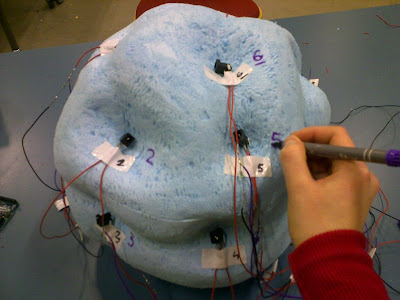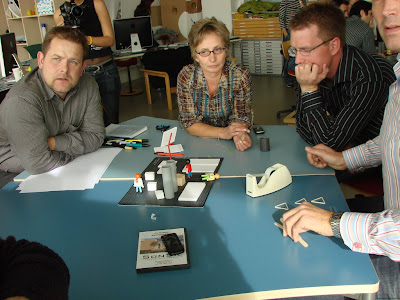One of my recent HCI classes reminded me of my old Bachelor thesis at FCS Iasi (at my previous university) and how much I wish pie menus would finally claim their rightful place in everyday GUI design. Jared (our teacher) had us debating on the implications of Fitts' law and pie menus came up in the conversation.
This is precisely what my Bachelor thesis touched on. Back in the days when Windows Presentation Foundation was the new kid on the block, I looked at the problem of overcrowded desktops and Start menus. The issue was simple: I suspected that just as I was tired of navigating this
so was everybody else who had more than a media player and a browser installed on their computer. The classic alternative is desktop shortcuts - but unless you're very thorough with every new installer you run, the desktop too can easily become just a wider version of your Start menu. Let's face it, we all know people whose computers look like this:
My prototype application was called Arlequin and it ran on a dedicated mouse button (or a customized key combination) on top of all other applications. It stored all your favorite shortcuts, web links, documents and an instant search box in a pie menu positioned right around the mouse pointer.
The catch was this: the user had to define the shortcuts himself - no default installers placing them in, no "recently used", no bookmarks toolbar, no "My Computer". If you know you're gonna use them every day, put them in - if not, they can stay out of your way. And while we're at it, who cares if they're websites, games or the paper that you're just working on? Why discriminate? They're all just as important if you have certain use patterns. So let them all live together in the same place, at the tip of your mouse.
So after weeks in a gestation process that looked like this:
and some (at the time) twisted XAML that looked like this
It finally ended up something like this:

Neat, huh? Well, apparently it was neat enough for an A.
Now all of this makes me wonder - why haven't pie menus really caught on? If you have a good answer to that, do let me know.











































